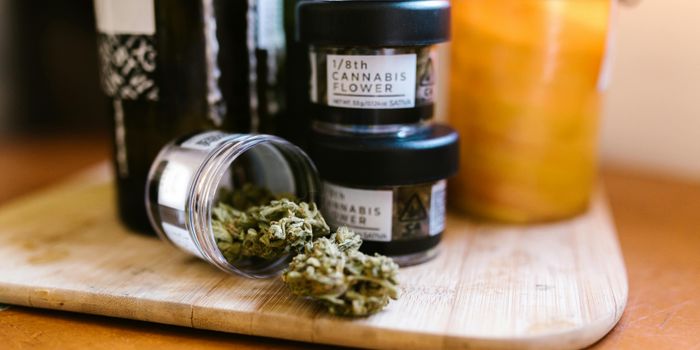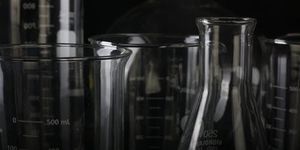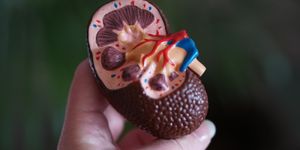Structures of Outbreak Strains of Human Norovirus
Norovirus infections also called the "stomach flu," are foodborne viral illnesses that are spread from person-to-person via direct contact or by consuming contaminated food or water and contact with surfaces contaminated with feces. It is highly infectious and requires as few as 18 viral particles to cause infection. They are the leading cause of foodborne illness in the U.S. and represent over 96% of all non-bacterial outbreaks worldwide. The U.S. usually sees about 21 million cases annually, which accounts for over $2 million in medical care and lost wages. Although noroviruses are responsible for widespread outbreaks, there are currently no vaccines available and no effective treatments other than supportive care. The video below provides a basic understanding of norovirus infections.
Clinical trials are currently analyzing shells of noroviruses that are absent of genetic material as vaccine candidates. These shells were previously thought to be the same size; however, James Jung and colleagues at Cold Spring Harbor Laboratory used high-resolution (2.6- to 4.1-Å) cryoelectron microscopy (cryo-EM) to examine the sizes and surfaces of four different outbreak strains. Since vaccines are developed based on the antibodies produced in the body after encountering the capsid (protein shell) of a virus, the shape, size, and surface structures are essential for vaccine development of each strain.
"We need to understand what the norovirus capsid shapes actually look like, and the shape differences between different strains," said James Jung, a postdoctoral fellow in Dr. Leemor Joshua-Tor's lab at Cold Spring Harbor Laboratory (CSHL).
Noroviruses are round, non-enveloped, ssRNA viruses and are members of the Caliciviridae family. There are at least six genogroups that are further subdivided into 30 genotypes; genogroups I, II, and IV are capable of infecting humans. Jung and his team analyzed four strains, GII.2 SMV (2.7 and 3.1 Å), GII.4 Minerva (4.1 Å), GI.7 Houston (2.9 Å), and GI.1 Norwalk (2.6 Å), using cryoelectron microscopy to gain a better understanding of the architecture of the capsid and the relationship between variations and disease development.
"Previously, it was thought that the norovirus shells exist in single-sized assemblies consisting of 180 building blocks and 90 surface spikes. What we found was an unexpected mixture of different shell sizes and shapes. We found a smaller form, which consists of just 60 building blocks with 30 surface spikes placed further apart. We also found larger shells made out of 240 building blocks with 120 surface spikes that are lifted significantly above the base of the shell and form a two-layered architecture that could interact differently with the human cells," Jung said.
"That means each strain will interact differently with human cells," Jung explained. "The way the antibodies bind is also going to be different. Vaccines should be formulated to take into account the variations across strains and structural forms."
Their high-resolution images with near-atomic detail, which showed variation in the sizes and shapes of the capsids as well as the surface spikes, will be invaluable as templates for future vaccine and antiviral drug development.








